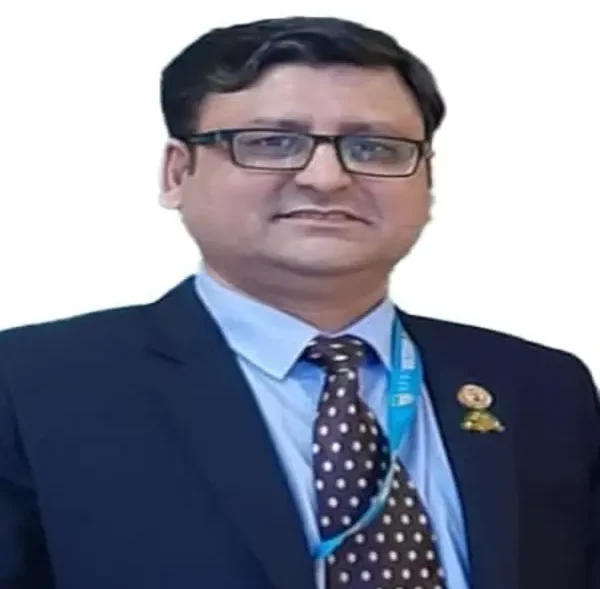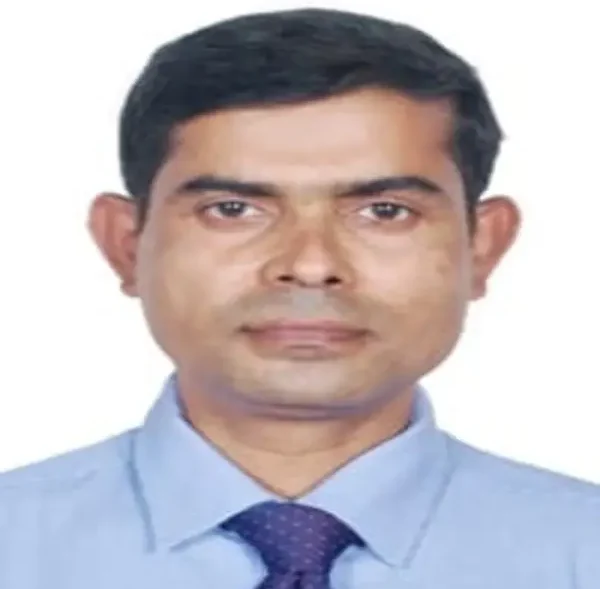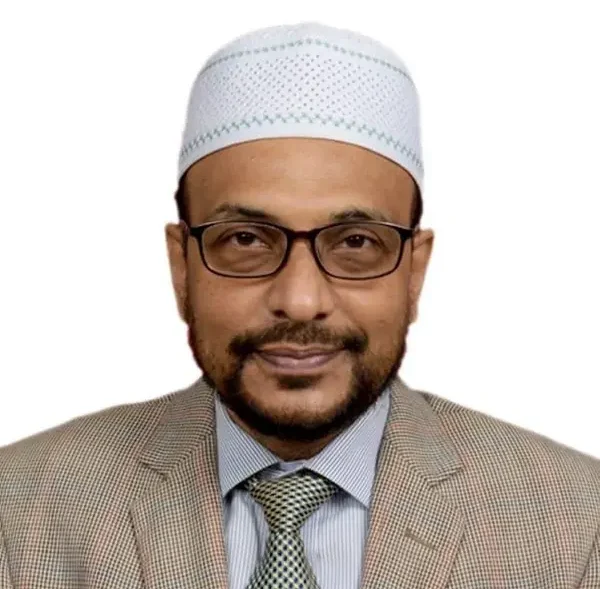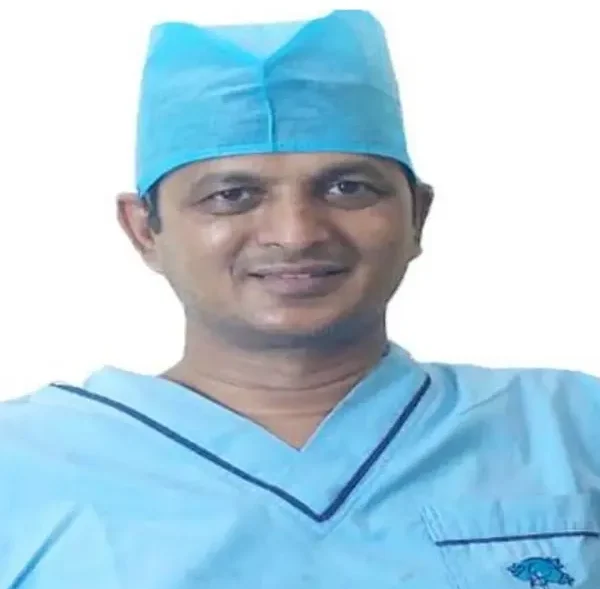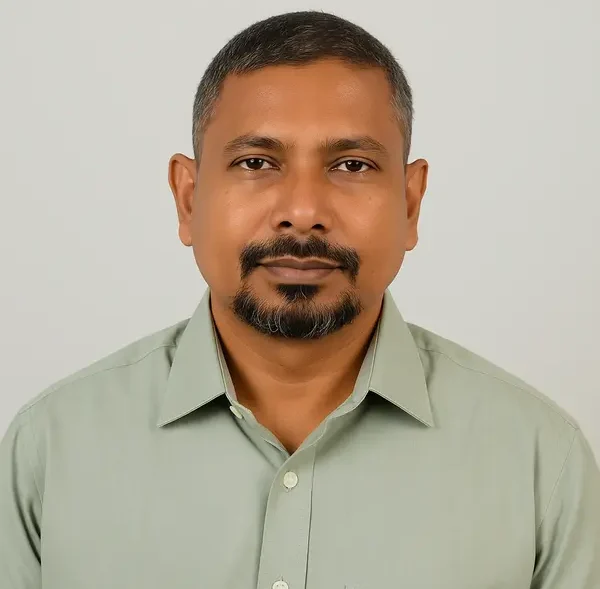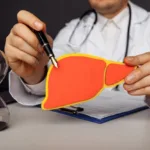PLID Treatment in Bangladesh: Your Comprehensive Guide with the Best Orthopedic Doctor in Mirpur
If you are searching for the best orthopedic doctor in Mirpur, expert care for PLID (Prolapsed Lumbar Intervertebral Disc) is now within reach. Back pain caused by a herniated spinal disc can severely affect your daily life, limiting mobility, comfort, and confidence. Fortunately, in Dhaka, Bangladesh, advanced treatment options and skilled specialists at NeuralOrtho are helping patients regain their freedom, live pain-free, and restore their quality of life.
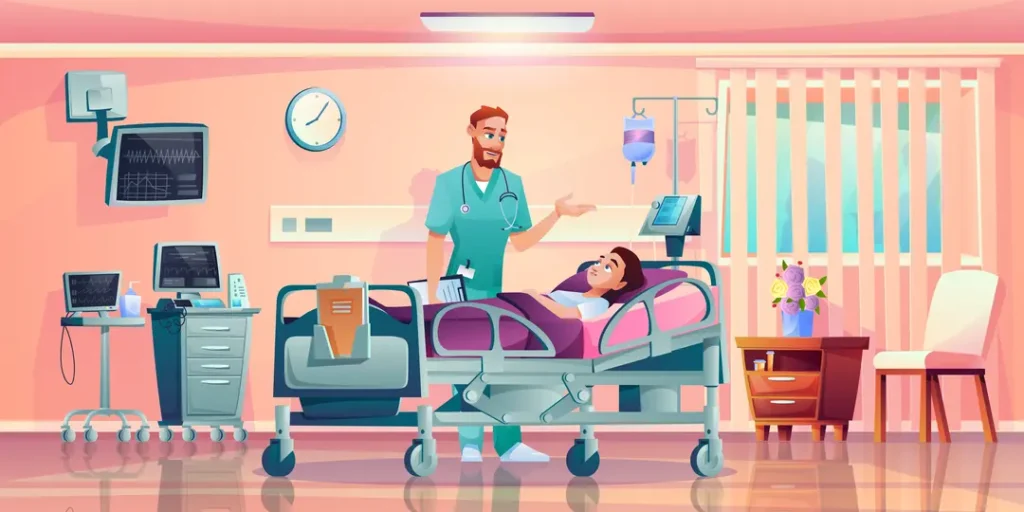
Understanding PLID: Causes and Symptoms
PLID occurs when the soft inner gel of a spinal disc protrudes through its outer layer, pressing on surrounding nerves. This condition is most common in the lumbar (lower back) region and can result from multiple factors:
- Degenerative Disc Disease: Age-related wear and tear gradually weakens spinal discs.
- Trauma or Injury: Sudden accidents or heavy impacts can trigger disc herniation.
- Repetitive Strain: Continuous lifting or poor posture stresses spinal structures.
- Obesity: Extra weight puts pressure on your lower back, accelerating disc problems.
Understanding PLID: Causes and Symptoms
PLID occurs when the soft inner gel of a spinal disc protrudes through its outer layer, pressing on nearby nerves. This condition is most common in the lumbar region (lower back) and can result from:
- Degenerative Disc Disease: Age-related wear and tear.
- Trauma or Injury: Accidents or sudden impacts.
- Repetitive Strain: Continuous heavy lifting or poor posture.
- Obesity: Excess weight putting pressure on spinal discs.
Common symptoms include:
- Persistent lower back pain
- Radiating pain to legs (sciatica)
- Numbness or tingling in the lower extremities
- Muscle weakness
- Difficulty maintaining posture or performing daily activities
Early diagnosis is critical. Consulting the best orthopedic doctor in Mirpur ensures timely interventions that prevent complications and speed recovery. You can also read more about PLID and spinal health on Mayo Clinic for trusted information.
PLID Treatment Options in Bangladesh
Treatment in Bangladesh is tailored based on severity and patient needs. Both non-surgical and surgical options are available.
1. Non-Surgical Treatments
- Physiotherapy: Customized exercises, stretching, posture correction, and manual therapy strengthen back muscles and improve flexibility. Tools like TENS and IFT provide additional relief. Learn more at our Orthopedic Services page.
- Medication: NSAIDs reduce inflammation and pain, while muscle relaxants ease spasms.
- Epidural Steroid Injections: Targeted injections reduce nerve inflammation and enhance mobility.
- Lifestyle Modifications: Weight management, ergonomic adjustments, and low-impact exercises prevent recurrence.
2. Surgical Treatments
If non-surgical methods fail, advanced surgical options can restore function:
- Microdiscectomy: Minimally invasive removal of the herniated disc portion to relieve nerve pressure.
- Laminectomy: Removal of part of the vertebral bone to widen the spinal canal.
- Spinal Fusion: Stabilizes the spine by joining two or more vertebrae, recommended in cases of spinal instability.
Bangladeshi hospitals report high success rates for PLID surgeries, with patients experiencing significant improvement in pain relief and mobility. Learn more from WebMD on lumbar disc herniation.
Cost of PLID Treatment in Bangladesh
Treatment costs vary based on method:
- Physiotherapy sessions: BDT 500 – 2,000 per session
- Epidural Steroid Injections: BDT 10,000 – 20,000 per injection
- Surgical procedures: BDT 80,000 – 300,000
Always consult multiple providers for a detailed estimate. You can contact us for a personalized consultation and cost breakdown.
Top PLID Specialists in Mirpur & Dhaka
Consulting an experienced orthopedic doctor in Mirpur ensures better outcomes. Some leading specialists include:
Always verify credentials before scheduling treatment. For a complete list of our specialists, visit our Doctor Directory.
Preventive Measures & Lifestyle Modifications
Prevention is key. Follow these expert tips:
- Maintain proper posture while sitting or standing
- Engage in regular low-impact exercises like swimming or walking
- Manage body weight to reduce spinal stress
- Use ergonomic chairs and proper lifting techniques
More preventive tips are available on NeuralOrtho’s blog.
Why Choose NeuralOrtho for PLID Treatment
- Experienced and trusted orthopedic specialists in Mirpur, Dhaka
- Advanced diagnostic and surgical facilities
- Personalized treatment plans for faster recovery
- Affordable and transparent care
Learn more about our services on the About Page.
FAQ: PLID Treatment in Mirpur
Who is the best orthopedic doctor in Mirpur for PLID?
Dr. Md. Saiful Islam and Dr. Arun Kumar Sarker are leading orthopedic specialists in Mirpur, offering proven PLID treatments.
How much does PLID treatment cost in Mirpur?
Non-surgical treatments cost between BDT 500 – 20,000, while surgical procedures range from BDT 80,000 – 300,000, depending on complexity.
Can PLID be treated without surgery?
Yes, conservative treatments like physiotherapy, medication, and lifestyle modifications are effective for mild to moderate cases.
How long does recovery take after PLID surgery?
Recovery varies by procedure and patient health, but most patients regain mobility and pain-free movement within 6–12 weeks.
Where can I find the best PLID specialists in Dhaka?
NeuralOrtho provides a complete list of top orthopedic doctors in Mirpur and Dhaka on our Doctor Page.



